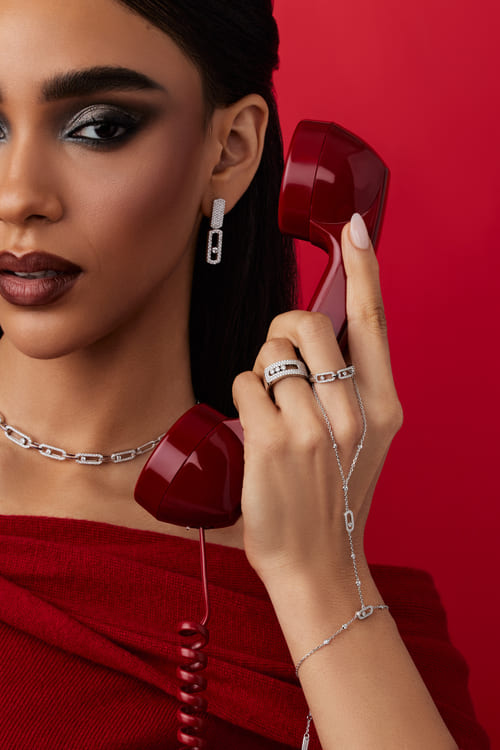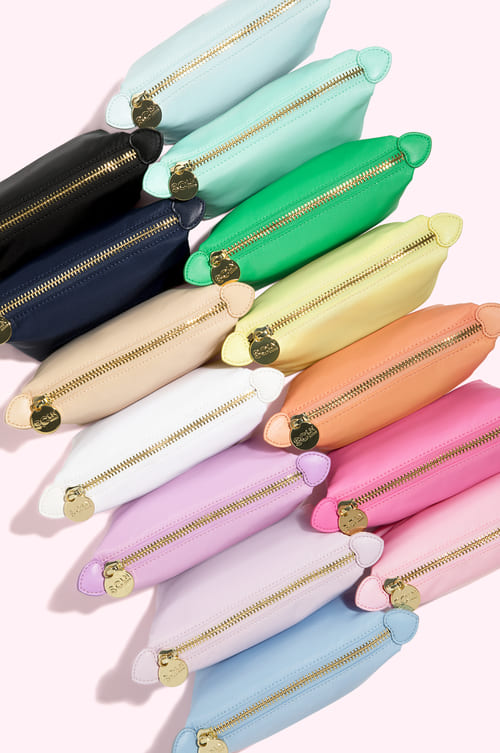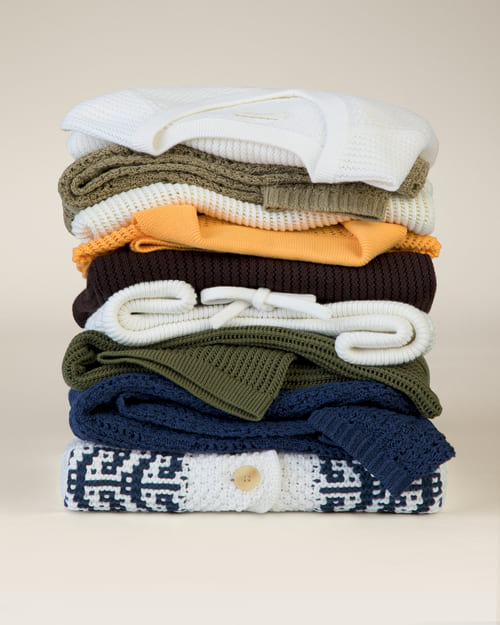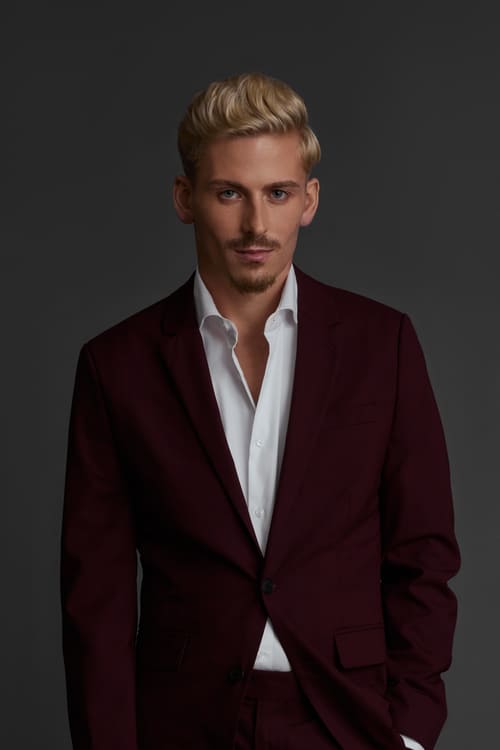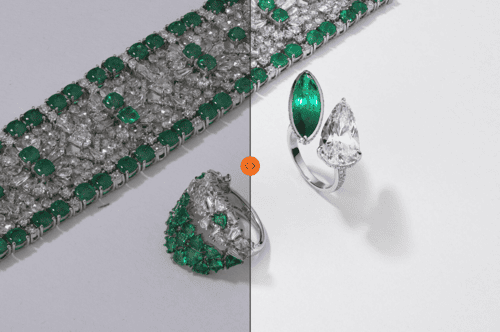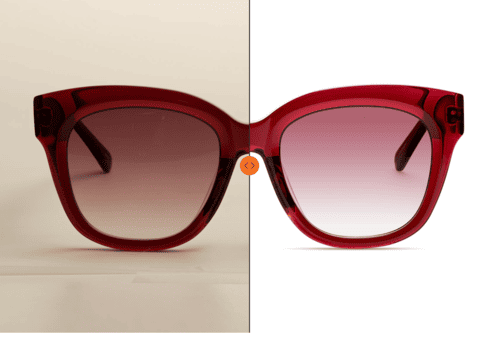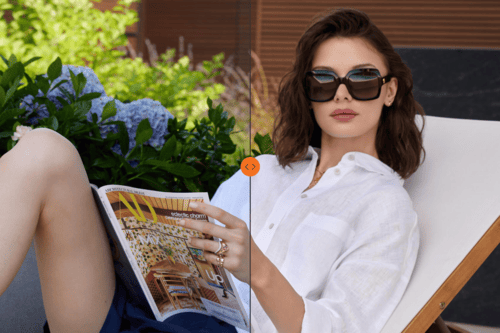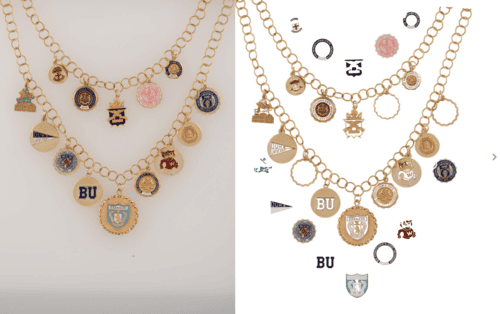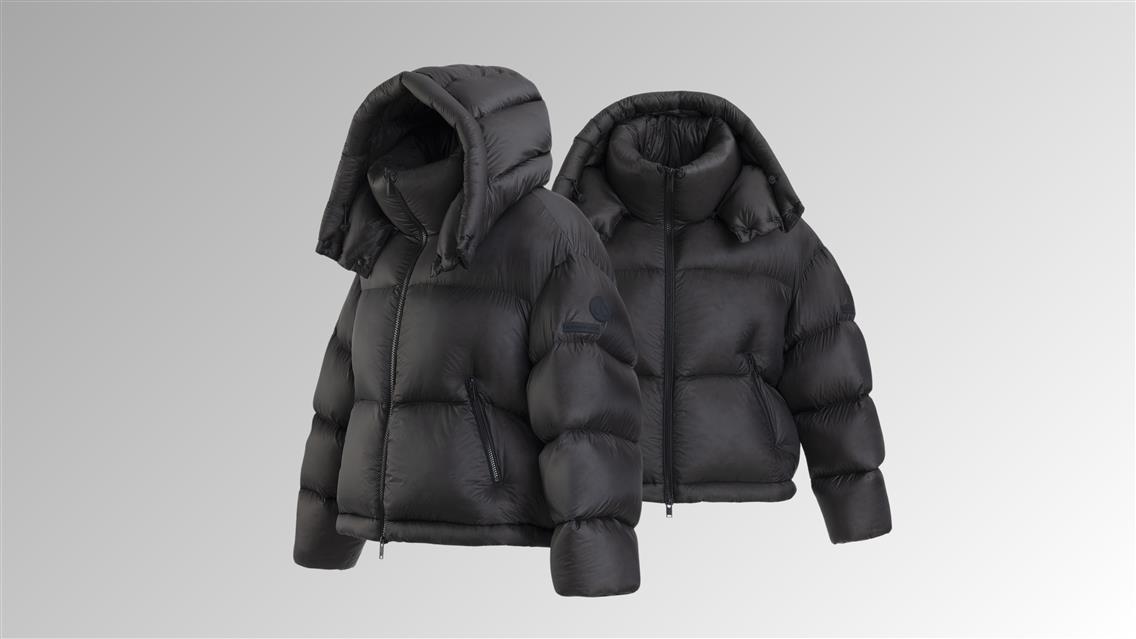Start a Fashion Photographer Career: The Fundamentals
Fashion photography is a dynamic and glamorous industry that blends artistry with commercial appeal. Whether you're drawn to high-end editorial spreads, brand campaigns, or capturing street fashion, breaking into this competitive field requires both creative talent and strategic career moves.
This is the first part of our series designed for aspiring photographers who want to break into the dynamic and competitive world of fashion photography. Explore other articles in the series:
- Build a Strong Fashion Photographer Portfolio
- How to Choose a Fashion Photography Course or Training
- How to Get A Job As Fashion Photographer
This article is for beginners, career changers, and aspiring fashion photographers looking for a structured approach to success. Below, we outline essential fundamentals to help you establish yourself in the fashion photography industry.

Understanding a Fashion Photographer’s Role
Fashion photographers create compelling images that showcase clothing, accessories, and models in a visually striking way. Their work appears in magazines, advertising campaigns, and social media, setting trends and influencing consumer perceptions. Beyond technical skills, storytelling is a crucial part of fashion photography, as each image should evoke emotions and align with a brand or designer's vision.
Different Types of Fashion Photography
- Commercial Photography – Images used in advertisements, lookbooks, and e-commerce platforms.
- Lifestyle Photography – Photography capturing fashion items in daily environments.
- Editorial Photography – High-end shoots designed for magazines and storytelling-based fashion spreads.
- High Fashion Photography – Avant-garde, artistic photography used in luxury fashion campaigns and runway presentations.
Explore The Essence of Fashion Aesthetics
Understanding Fashion Aesthetics
Fashion is about textures, materials, and how they interact with light. Think of silk; it’s shiny, delicate, and reflects softly. Leather? It’s edgy, reflecting light sharply, perfect for bold, dramatic shots. Denim has a casual feel, absorbing more light and creating a relaxed look. And sequins sparkle dynamically, catching attention immediately. A fashion photographer must know how to light and capture each material effectively:
- The way clothes are layered, accessorized, and styled affects the depth and visual interest of a shot.
- High-fashion editorials require artistic expression and bold creativity, while commercial fashion photography needs clarity and straightforward visuals. Always match your photographic style to the brand’s message and the project's concept.


Color Theory in Fashion Photography
Warm vs. Cool Tones: Warm colors like reds, oranges, and yellows instantly inject energy, warmth, and passion into your photos. Think vibrant summer collections or romantic evening wear. Cool colors like blues, greens, and purples create calm, sophisticated vibes. Great for luxury fashion brands and elegant editorial stories.
Monochrome vs. Bold Contrasts: Monochrome photography, featuring varying shades of a single color, feels elegant, timeless, and sophisticated. Great for editorial shoots that focus on mood or concept rather than individual products. Bold contrasts, on the other hand, grab attention instantly. They're perfect for youthful brands, streetwear, or any brand with rebellious overtones.
Brand-Specific Colors: Some brands like Chanel favor muted, classic tones, while Versace embraces bold, vibrant colors. Understanding brand identity helps photographers match their work to industry expectations.


Mood & Emotion in Photography
Fashion photography is about creating a powerful emotional connection. By mastering how to convey these emotional themes, your photography becomes compelling and deeply resonates with fashion brands and audiences alike. Consider:
- Romantic & Soft Mood: Pastel tones, soft lighting, natural elements.
Example: Bridal & boho campaigns. - Dramatic & High-Fashion Mood: Strong contrast, harsh lighting, structured poses. Example: Vogue editorials, avant-garde campaigns.
- Youthful & Energetic Mood: Bright colors, playful compositions, fast shutter speeds to capture movement. Example: Urban streetwear, Gen Z-focused brands.



The Importance of Studying Fashion Trends for Photographers
To stay ahead, fashion photographers must constantly study trends in styling, photography techniques, and cultural aesthetics. Where to track fashion trends?
- Runway Shows
Fashion Weeks in fashion capitals like Paris, Milan, New York, and London are trendsetting moments that define the future of fashion. By watching runway shows, you’ll gain insights into upcoming colors, styles, and textures, helping you anticipate what clients might want to see in your portfolio next season. - Fashion Magazines
Publications like Vogue, Harper’s Bazaar, ELLE, and Dazed & Confused are blueprints for what's trending and what's about to break through. Pay attention to editorial styles, how clothes are presented, how lighting techniques are evolving, and how storytelling is shifting. These insights keep your work fresh and relevant. - Social Media & Influencers
Platforms like Instagram, Pinterest, and TikTok are real-time trendwatching sources. Following influencers, stylists, and popular fashion hashtags helps you spot emerging styles, color palettes, and visual trends instantly. It’s one of the fastest ways to understand what's capturing the audience’s attention right now. - Brand Campaigns
Observing how major brands like Gucci, Balenciaga, or Zara visually communicate through their campaigns gives you a clear idea of industry standards and expectations. These brands invest significantly in creative storytelling, photography techniques, and aesthetics. By studying their campaigns, you’ll learn exactly what visual elements and narratives resonate with both high-end and mass-market consumers.
By regularly tapping into these sources, you'll set yourself apart as a photographer who understands and anticipates fashion's ever-changing landscape.
How Retouching Influences Fashion Photography
Retouching is an integral part of fashion photography, shaping the final aesthetic and ensuring images meet industry standards. In high fashion and commercial photography, post-processing is just as crucial as the shoot itself. Retouching refines details, enhances visual storytelling, and ensures brand consistency, but it also plays a role in shaping beauty standards.
Understanding the role of retouching in fashion photography helps photographers develop a signature editing style, improve image quality, and align with industry expectations.
Unlike documentary or street photography, fashion photography is often about creating a flawless, aspirational, and highly stylized visual narrative. While raw images capture the essence of a shoot, retouching refines and polishes them for publication, advertising, or digital display.


Key reasons why retouching is essential in fashion photography:
- Enhancing Skin and Textures – High-end fashion photography requires a level of skin perfection that still looks natural. Advanced retouching techniques like frequency separation and dodge and burn allow photographers to smooth imperfections without losing realistic texture.
- Color Grading for Mood and Consistency – Color grading influences the overall aesthetic of an image. Editorial shoots often feature cinematic, moody tones, while commercial fashion images have bright, clean, and high-contrast finishes. Consistent color grading helps align with brand identity and fashion trends.
- Correcting Lighting and Exposure Issues – Even with a perfectly planned shoot, light corrections in post-processing can enhance details, adjust shadows and highlights, and create a refined final look.
- Emphasizing Details in Clothing and Accessories – Fashion brands invest in meticulous fabric detailing, and retouching ensures textures, embellishments, and fabric movement are accentuated without distractions.
- Creating a Cohesive Visual Style – Many top fashion photographers have signature editing styles, making their work instantly recognizable. Retouching helps refine a personal style that sets photographers apart in the industry.
The conversation around over-retouching and unrealistic beauty standards has changed significantly in recent years. While fashion photography historically favored extreme airbrushing, there is now a growing movement toward natural beauty and minimal editing, especially in editorial photography.
Magazines like Vogue, Elle, and Numero have adapted by embracing more natural retouching, focusing on authenticity while maintaining high production value. Brands that promote inclusivity and body positivity often opt for subtle retouching, keeping skin texture, freckles, and natural features intact.
Fashion photographers must understand when to enhance and when to keep things raw. Over-editing can result in an artificial look that feels disconnected from modern audiences, whereas a well-executed retouch enhances without making images feel unnatural.
The best fashion photographers know when to delegate. Collaborating with retouching professionals, like LenFlash, ensures your images receive expert attention and meet the highest fashion standards.
We'll see you in the next part of our series on how to become a successful fashion photographer:
